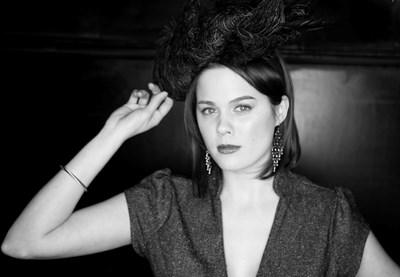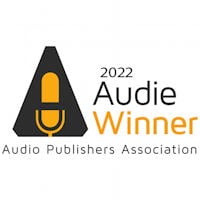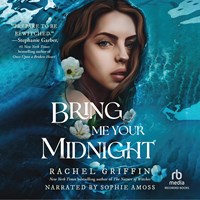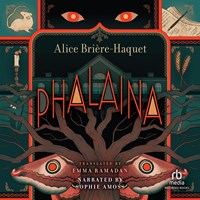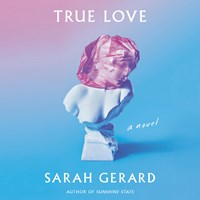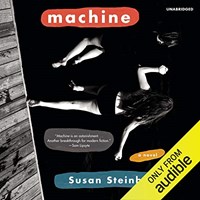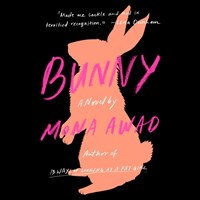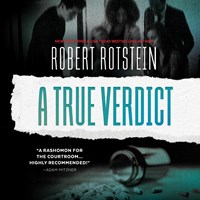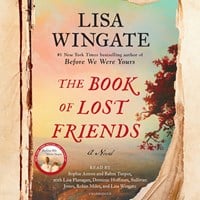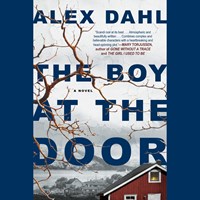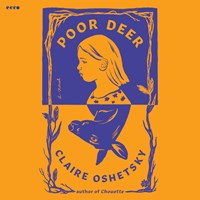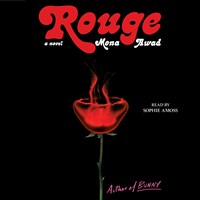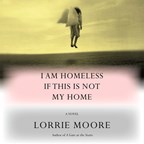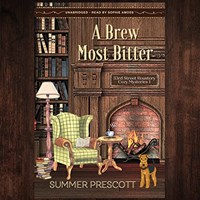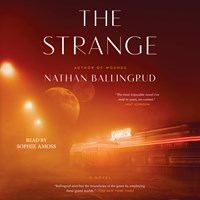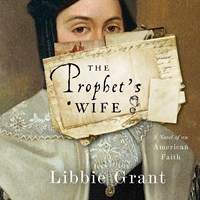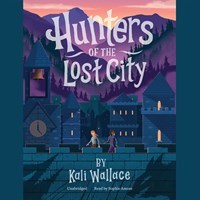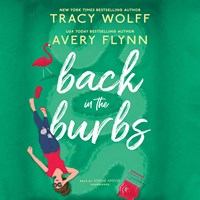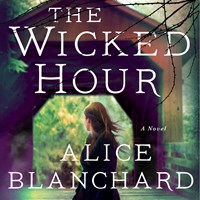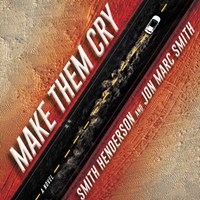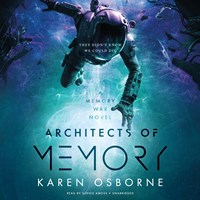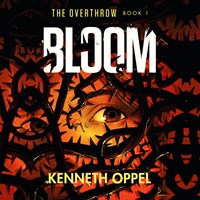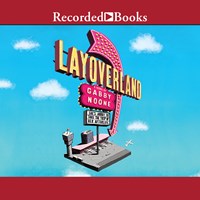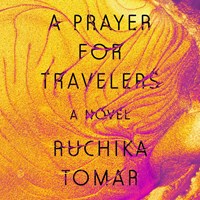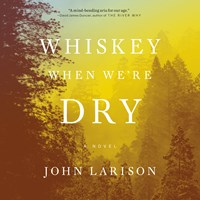Recent audiobooks
Sophie's Accolades
The Joy of Sweat Audie Award 2022 Non Fiction
Podcasts
Videos
Talking with Sophie Amoss
Among Sophie’s many talents is the ability to drill down to a character’s core traits and then express them using only her voice as she performs the author’s text. In addition, Sophie matches her delivery to the heart of the story, so we listeners are easily caught up in the action of a thriller or immersed in a teenager’s struggle to understand their world. I’m also drawn to the way Sophie creates an immersive listening experience, helping us feel all the emotions, no matter the genre.
5 Questions with Narrator Sophie Amoss
AudioFile: What’s the first task you tackle when given a new audiobook project?
Sophie Amoss: Two things happen simultaneously: First, I send off the script to a prepper (researcher). Then I sit down with the material myself. The prepper’s job is to read the book carefully, note characters, accents, storylines, and arcs. Essentially they are writing up a report of the nitty-gritty.
But before I receive their report, I sit down and get my own first impressions. This is just so the prepper’s opinions don’t color my own. I come to my own conclusions first; my own thoughts and feelings about the book and the story and the characters. Sort of how you don’t want to watch the movie before you read the book. When I’m reading the book I can put aside all the highly technical aspects and focus on the heart of the book: the rhythm of the writing. Every author writes differently. You can hear it and feel it. Just as Shakespeare writing in iambic pentameter leads you in how you speak it, so does the writing style of contemporary writers. Tone and style affect pace, volume, texture, and distance. And yes, you can hear texture and distance in the voice. A professor of mine, Anne Bogart, once said to us, “The audience sees what you see.” That’s true even in audio format. The mind’s eye creates pictures and film as we listen. If I see it, my listeners will, too.
My job is not just telling the story, it’s also honoring the writing. I truly think that’s very important, because the flow and style of the writing is its own character (much as, for example, New York City itself often plays a character in movies that are set in New York). I can’t ignore what the author is giving me. I can’t simply copy and paste the same approach to every book.
AF: Tell us something surprising about yourself.
SA: I was born and raised in New Orleans. My New Orleans heritage is Cajun, French, and English. I am a tenth-generation Louisianan, and an eighth-generation New Orleanian. That may not sound like much to our international audience, but for anyone whose family immigrated to the United States, it’s an unusually long stint in one place.
AF: What do you never have with you or never wear in the recording booth?
SA: I live in New York City and am fortunate enough to record at studios provided by the publishing houses. I like to wear earrings and jewelry. So when I arrive, there is generally a good minute or two of me just taking off my earrings, my necklace, my watch, etc. Along with clothing that doesn’t make sound, narrators have to either not wear or take off any accessory that could make noise in the booth. It’s rather funny, cause it looks and sounds like I’m about to go through TSA: Just a solid minute of the engineer and the director listening to the clangs of me taking off my accoutrements before we get started. But life is too short not to wear the things you love.
AF: What’s your most embarrassing moment in the recording booth?
SA: A few years ago, I was recording a book, and my legs were sort of crossed at the knees and bent under the chair I was sitting in. Did you know you can lock your legs even if they’re bent? I didn’t. I thought they had to be locked straight. Anyway, at one point I felt a bit woozy and my vision went blurry, and then black. Literally for a second or two, but I never lost consciousness. Then I stopped narrating and said to the engineer, “Woo, I felt woozy there for a second. Sorry about that.” I noticed then that he was as pale as a ghost. I thought it was funny, and I wondered why he looked so aghast. Apparently, when this happened and I lost my sight briefly—I kept narrating. Just not the words on the page. I spoke a full sentence or two that was not in the book. I guess my brain had just filled in the blanks. So to him, one minute it’s a normal session, and the next the narrator is speaking gibberish. I didn’t believe him until he played back the recording. No, I can’t recall what I said. All in all, I was fine afterward. The very kind and sweet engineer was more perturbed by the event than I was.
AF: Is it difficult to avoid foreshadowing, especially when recording a book with a twist?
SA: Foreshadowing can be difficult, but it doesn’t have to be. Sometimes you’re not trying to avoid foreshadowing. It depends on the book. Sometimes the main point of view narrating the book—whether that’s first person or third person—hints or lightly leans on a clue. Not revealing it, just sort of tucked away, but in plain sight. And other times you completely gloss over it, so as not to draw attention to it. In both scenarios, you’re certainly not trying to ruin or spoil the book. Both approaches add and bring color to the plot. The trick is to know when to use which tactic. This is where paying attention to the author and their intentions and their style of writing becomes crucial. It’s an instinct and skill that you either have naturally or train to have over time. It’s another tool that we narrators have in our belts to help bring alive the story and make it an even more brilliant and sensory experience for our audience.
__
Thanks so much, Sophie, for taking time to answer my questions. Your prep work and careful attention to the author’s intent and style show clearly in your work. I must say that your blackout event sounds so scary, but I’m impressed with your instinctive professionalism—you just kept on narrating!
For more audiobooks performed by Sophie Amoss, be sure to browse our reviews.
Photo by Julie Sadowski from Greyscale Studios, Inc.
The latest audiobook reviews, right in your inbox.
Get our FREE Newsletter and discover a world of audiobooks.


